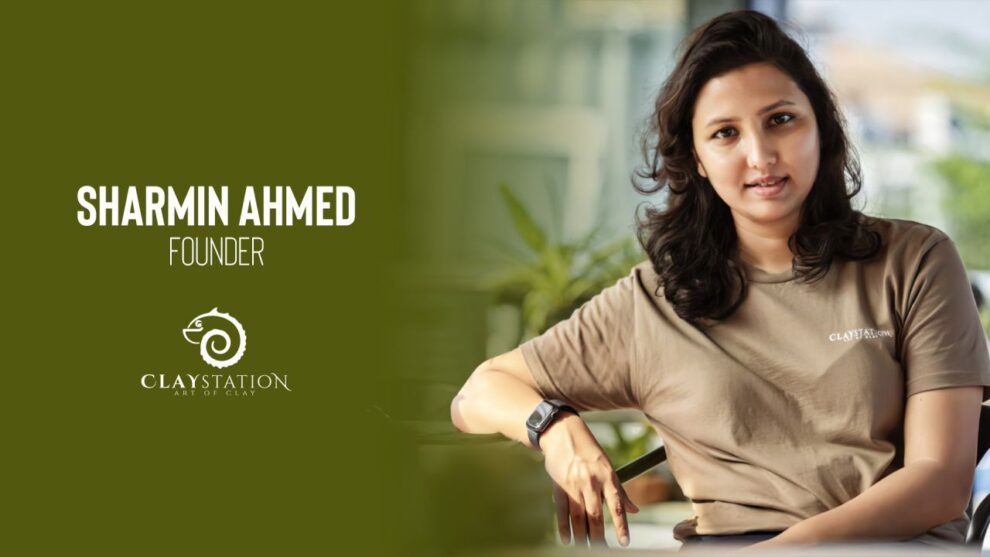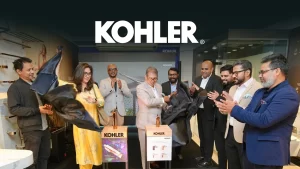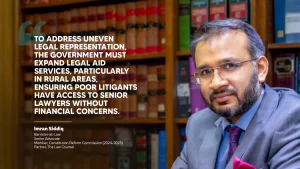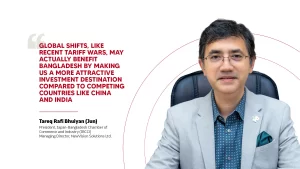1. Tell us the story behind ClayStation and the concept behind it?
I believe most ventures starts with a vision of solving a problem. Couple of years back, we realised that Dhaka needs recreational places other than restaurants for spending quality time with friends and family. Our research started when we saw the gap in our community to have access to creative spaces as a recreation. In other countries such as India, UK, USA etc, there are ample creative spaces people have access to like painting, pottery, baking, escape rooms etc. that are easily part of peoples daily lives or part of their weeknd plans. And for that, you don’t have to be a professional artist or painter. Any regular person can also do it for some fun. So our motto was to introduce some more activity-based fun besides going out to restaurants. We thought that pottery can be a good option because anyone from any age group and any ability can do it. The idea behind creating Clay Station was to build a creative platform, where an individual, or a group can engage with their creative side to make fun masterpieces with clay, which enhances ones ability in mental and physical wellness.
2. How was the initial journey like and which group of customer Clay station is targeting? What are the challenges you have faced till now?
Initially, we wanted to create a positive atmosphere for the youth where they can have some fun in a creative way. But interestingly, after inception, we saw it attracted more families with children, where they will come and make something together. Then as we evolved, we introduced services and products that catered from 2 years old to someone who is 100 years old too. What we have noticed is that we have repetitive clients and I think it’s around 60% of them who visit frequently.
A big challenge was to explain the concept of a pottery studio and how it works. People were not fully aware of it and questioned the concept of paying for the services as they perceived clay to be a very valueless material. Then collecting resources like clay (processed clay), glaze, ceramic artist, kiln was super challenging as there is no available market in Bangladesh where these are readily available. We had to source most from abroad or from very scarce sources.
3. What are the services and products that Clay Station is offering?
We provide 3 types of services – 1. Play with Clay – It’s a hand-building activity, where a ceramic artist guides patrons to make something special with clay. 2. Potters Wheel – patrons can use the potters wheel with guidance from ceramic instructor and build a vase or vessel using clay. 3. Pick and paint – we have various designs of ceramic bisques made by our artists for patrons to pick and choose for painting and taking it back home. Apart from regular sessions, we also offer pottery classes if anyone is interested to learn the beautiful craft as a hobby or skill. We conduct corporate workshops, birthday parties and any events that involves fun pottery activity to keep everyone entertained and engaged. We also have a small “Shop” section in our open studio, where patrons can walk-in to purchase our handcrafted ceramic items for sale. Many patrons has placed custom orders with us as we make boutique pieces and also bulk orders for banks and corporates.
4. How has the pandemic affected Clay Station? How did you adapt to it?
Just before lockdown, we had to make some strategic changes to survive the pandemic and that was by shifting our services or products to online orders and deliveries. Instead of clients coming to our studio, we took paint items and clay at their houses so that they can spend the quality time at home by engaging in creative activity with their families that also promoted their mental and physical wellness. To ensure patrons can utilize the resources, we sent them video tutorials on simple steps to make things themselves. The response was satisfying to say the least.
Another major change we made was we shifted our location from an indoor space to an outdoor one during the pandemic. So in June 2020 we shifted to 100 feet, inside Chefs Table Courtside at Satarkul area. That shifting was a huge move because we wanted to ensure our client’s safety due to the issue of social distancing and maintaining proper hygiene.
5. In terms of mental health and creativity, how does pottery/painting contribute?
First of all, pottery has proven impact on children’s motor skill development and mental health. Working with clay, releases endorphines and it calms and soothes the senses when someone is stressed or agitated. Making something at the potters wheel requires a lot of focus and discipline, which helps out certain areas of brain functioning. Creating something from scratch boosts confidence and clarity. We have worked/collaborated with organisations such as PHWC (Psychological health and wellness center) for promoting pottery as a tool for mental wellness and with Inner Circle to promote pottery as a tool for special needs children.
6. Is there anything new coming from Clay Station? Where do you see Clay Station in the next few years?
We plan to promote and enhance the work of our heritage artisans who are tirelessly working with ridiculously low wages at pottery villages. With some meaningful collaboration with the local artisans, we aspire to revive the dying pottery villages in our country. There is a lot of scope to develop the local tourism, therefore, we want to build a pottery resort in future for our patrons.






